Persimmon Leaf Drop – Why Is Persimmon Tree Losing Leaves
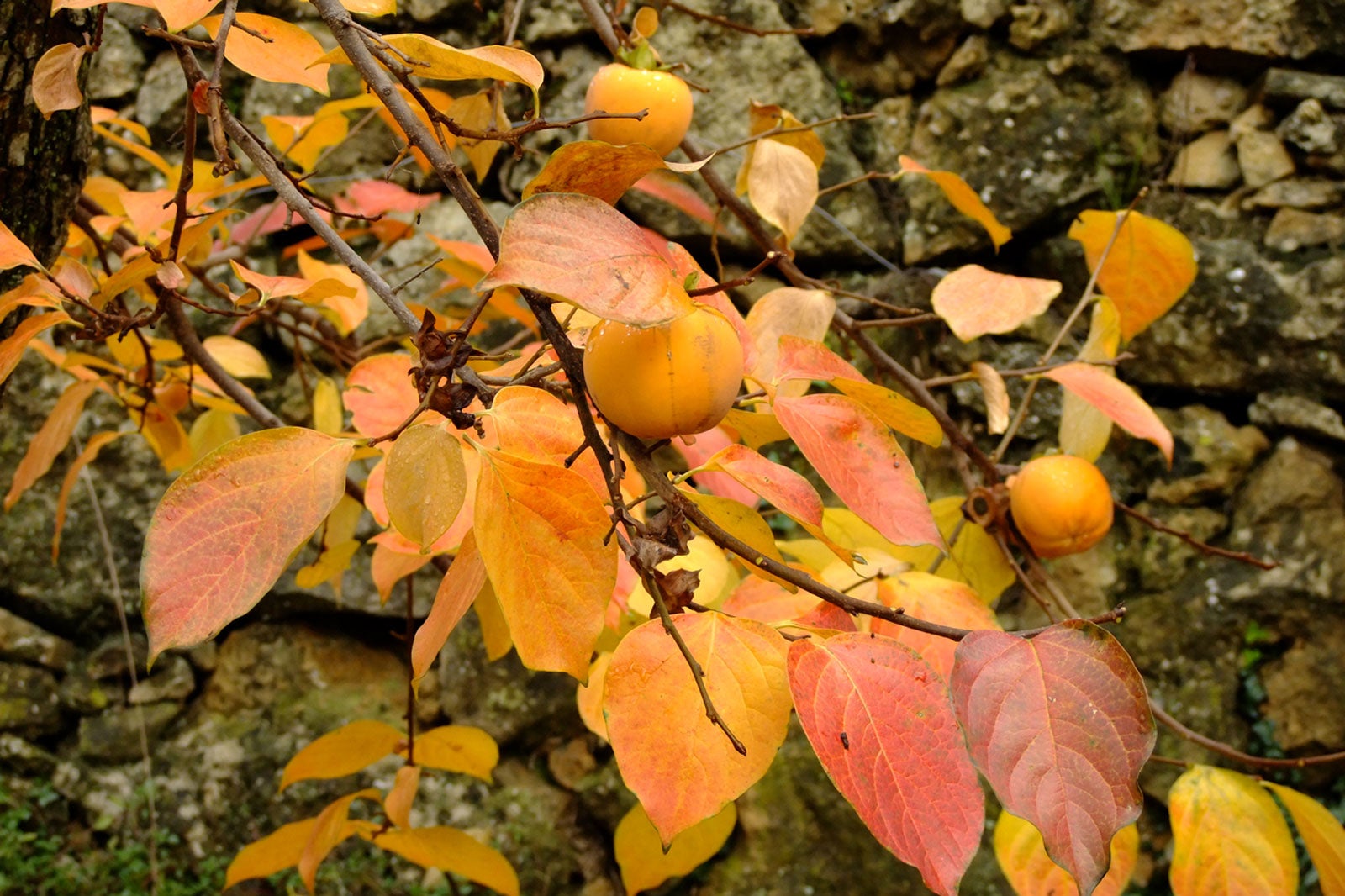

Persimmon trees (Diospyros spp.) are small fruit trees that produce round, yellow-orange fruit. These easy to care for trees have few serious diseases or pests, which make them popular for home orchards.
If you have one of these delightful fruit trees, you’ll be sad to see your persimmon tree losing leaves. Leaf drop of persimmon can have a variety of causes. Read on for information on the causes of persimmon leaf drop.
Why is Persimmon Dropping Leaves?
Whenever you see a tree such as a persimmon dropping its leaves, look first at its cultural care. Persimmons are generally undemanding little trees, tolerating most types of soil and a range of sun exposures. However, they do best in full sun and well-draining loam.
Here are some things to look for when you notice leaves falling off persimmon trees:
- Water – While persimmon trees can tolerate drought for short periods of time, they don’t do well without regular irrigation. Generally, they need 36 inches (91.5 cm.) of water a year to survive. In times of extreme drought, you need to water your tree. If you don’t, you will likely see leaves falling off your trees.
- Poor soil – While too little water can result in persimmon leaf drop, too much water can produce the same outcome. Generally, this is caused by poor soil drainage rather than true excess irrigation. If you plant your persimmon in an area with clay soil, the water you give the tree won’t move through the soil. The tree’s roots will get too much moisture and rot, which can cause leaf drop of persimmon.
- Fertilizer – Too much fertilizer can also result in your persimmon tree losing leaves. Don’t fertilize more than once a year. Apply a balanced fertilizer in late winter or early spring. If you’ve already added nitrogen heavy fertilizer to your garden soil, don’t be surprised if your persimmon tree starts losing leaves.
Other Reasons for Leaves Falling off Persimmon
If you notice your persimmon dropping leaves, another possible explanation may be fungal diseases.
Leaf spot, also called leaf blight, is one of them. When you note leaves falling, take a look at the fallen foliage. If you see spots on the leaves, your tree may have a fungal infection. The spots can be tiny or large, and any color from yellow to black.
Persimmon trees aren’t likely to suffer permanent damage from leaf blight. To prevent the issues from coming back, clean up fallen leaves and other detritus under the tree and thin out the canopy to allow greater airflow in the branches.
Gardening tips, videos, info and more delivered right to your inbox!
Sign up for the Gardening Know How newsletter today and receive a free copy of our e-book "How to Grow Delicious Tomatoes".

Teo Spengler is a master gardener and a docent at the San Francisco Botanical Garden, where she hosts public tours. She has studied horticulture and written about nature, trees, plants, and gardening for more than two decades. Her extended family includes some 30 houseplants and hundreds of outdoor plants, including 250 trees, which are her main passion. Spengler currently splits her life between San Francisco and the French Basque Country, though she was raised in Alaska, giving her experience of gardening in a range of climates.
-
 Looking For Plants To Give You The Soft And Fuzzies? Try These 5 Fuzzy Leaf Plant Options
Looking For Plants To Give You The Soft And Fuzzies? Try These 5 Fuzzy Leaf Plant OptionsLovers of texture, drama, silver foliage and tactile plants will adore these special sensory garden additions. These fuzzy leaf plant options will leave you all aglow
By Susan Albert
-
 Get Ready For A Summer Of Hummers! Grow These Full Sun Hummingbird Plants and Flowers
Get Ready For A Summer Of Hummers! Grow These Full Sun Hummingbird Plants and FlowersIf you’re lucky enough to enjoy a sunny backyard, make sure you are maxing out on your pollinator opportunities and grow these full sun hummingbird plants and flowers
By Tonya Barnett
-
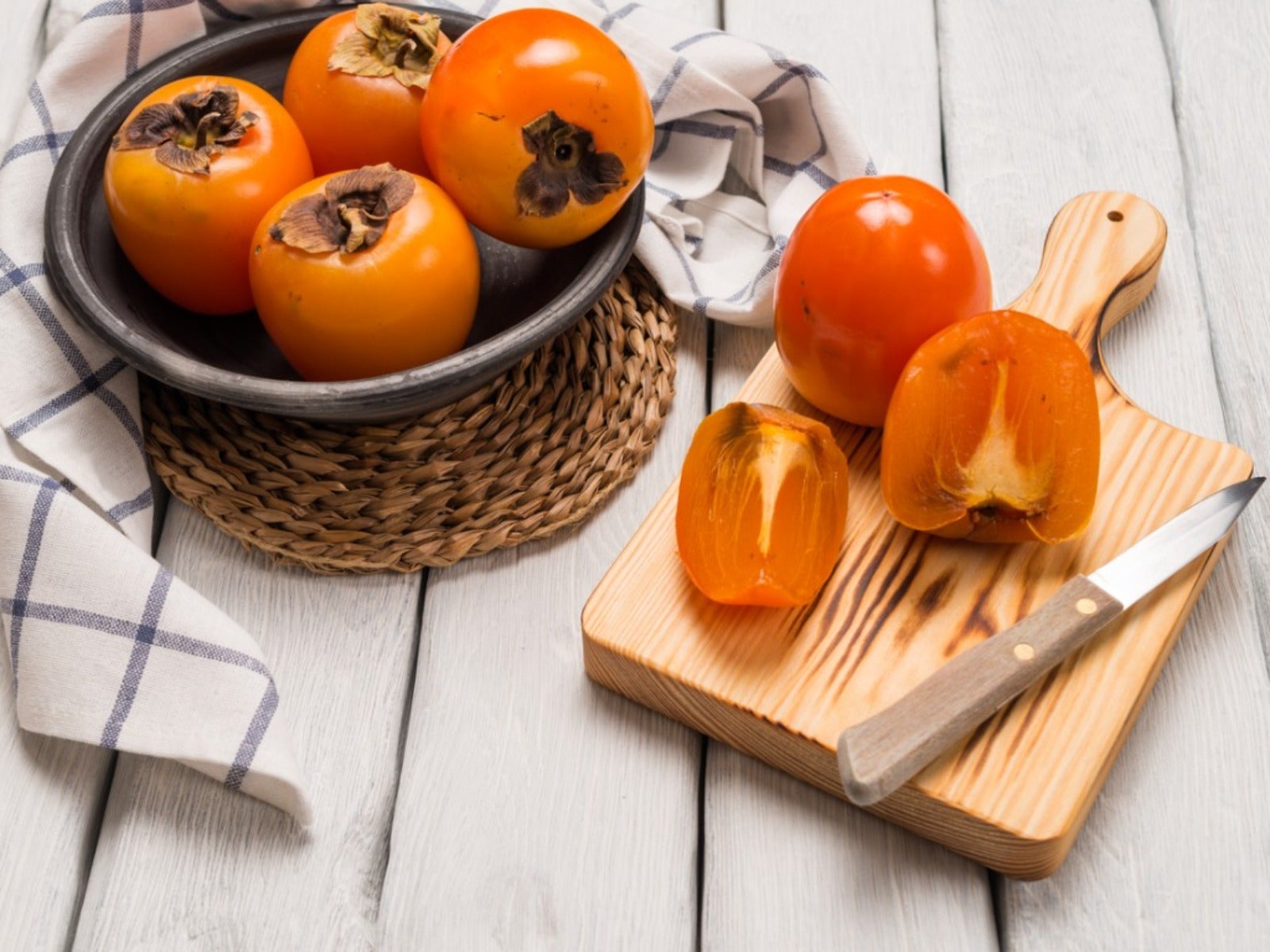 Cooking With Persimmons
Cooking With PersimmonsWant to use persimmons in the kitchen? Click here to learn how to harvest and prepare this fall favorite fruit.
By Amy Grant
-
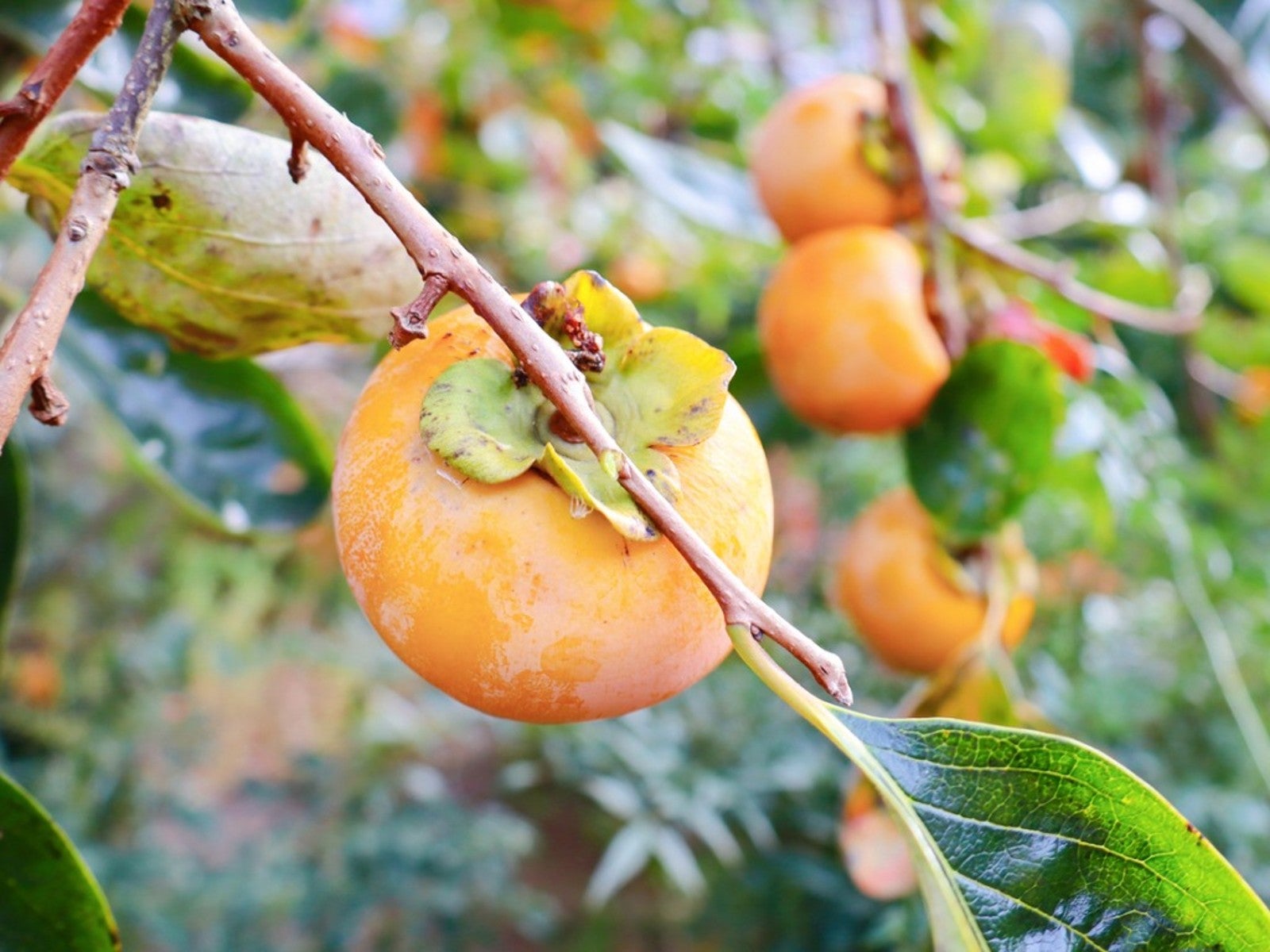 Growing Persimmons In Pots: How To Grow A Persimmon Tree In A Pot
Growing Persimmons In Pots: How To Grow A Persimmon Tree In A PotContainer growing works with many types of fruit trees including persimmon trees. And planting persimmon trees in pots can solve a lot of problems. Read on for more details about how to grow a persimmon tree in a pot on the patio.
By Teo Spengler
-
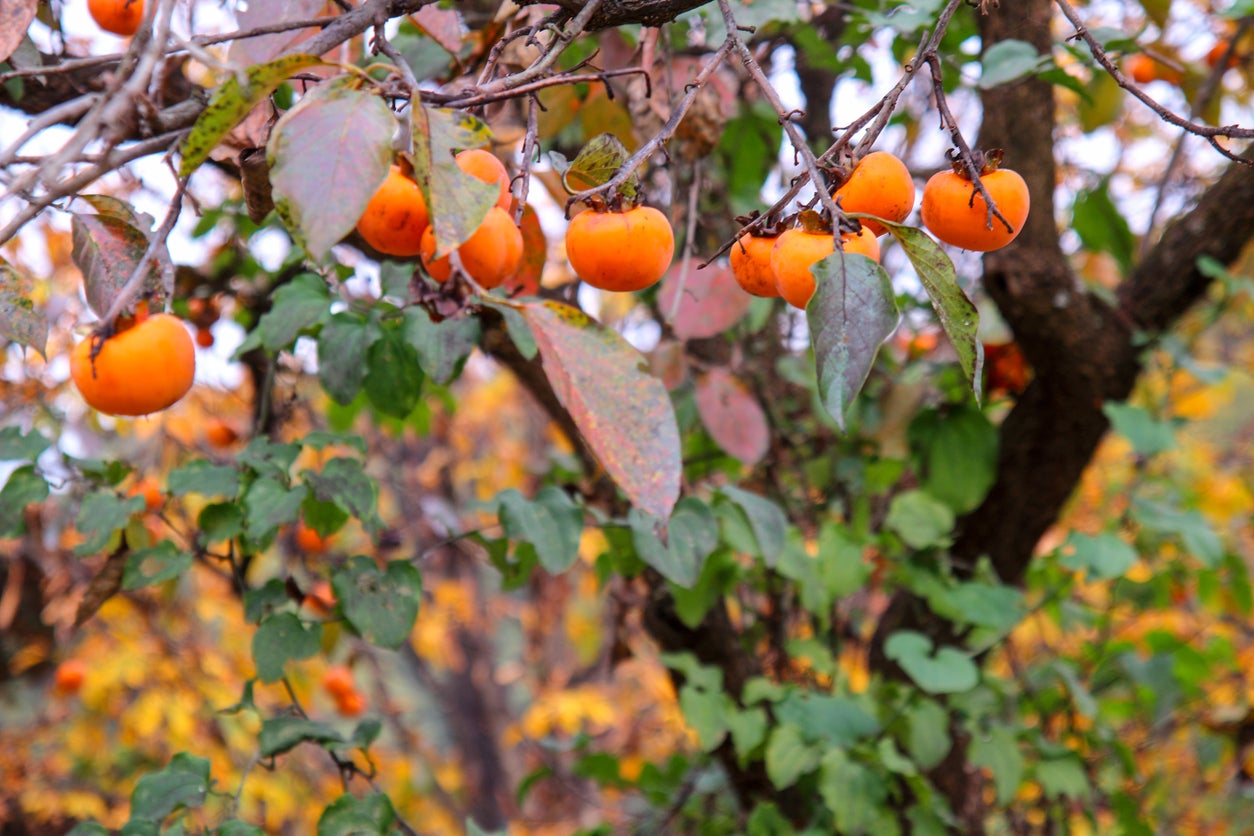 Fertilizing Persimmon Trees: Learn About Feeding A Persimmon Fruit Tree
Fertilizing Persimmon Trees: Learn About Feeding A Persimmon Fruit TreeHow much fertilizer does a persimmon tree need? The rules for fertilizing persimmon trees are a little different than those for other fruit trees and experts differ on the need for persimmon fertilizer. Click here for more information on persimmon tree feeding.
By Teo Spengler
-
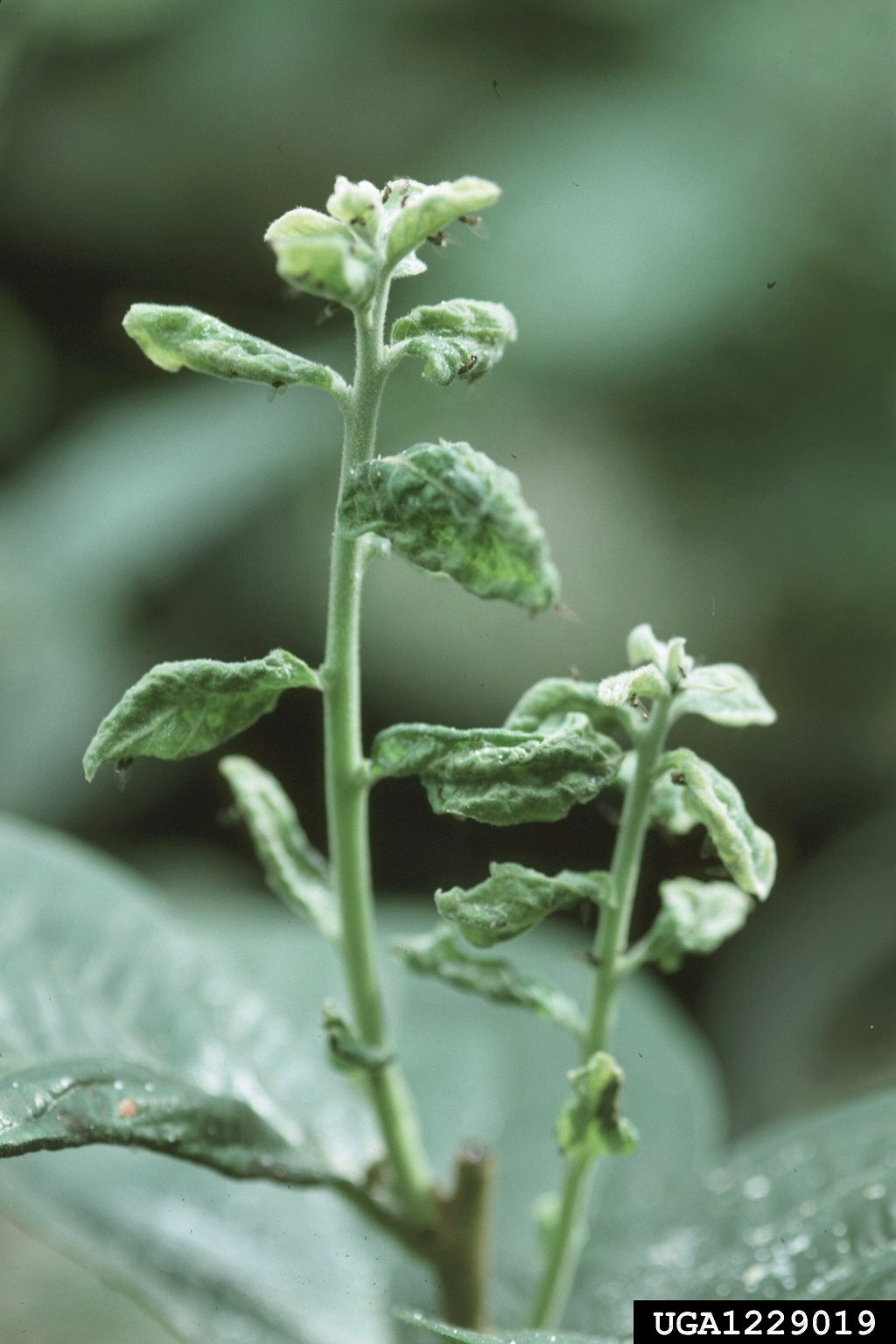 Curled Persimmon Leaves – Why Persimmon Leaves Are Curling
Curled Persimmon Leaves – Why Persimmon Leaves Are CurlingAlthough persimmon trees are generally durable and easy to grow, persimmon leaf curl is an indication that something isn’t quite right. If you’ve noticed curled persimmon leaves, careful troubleshooting is in order. Find reasons for curling leaves on persimmons here.
By Mary H. Dyer
-
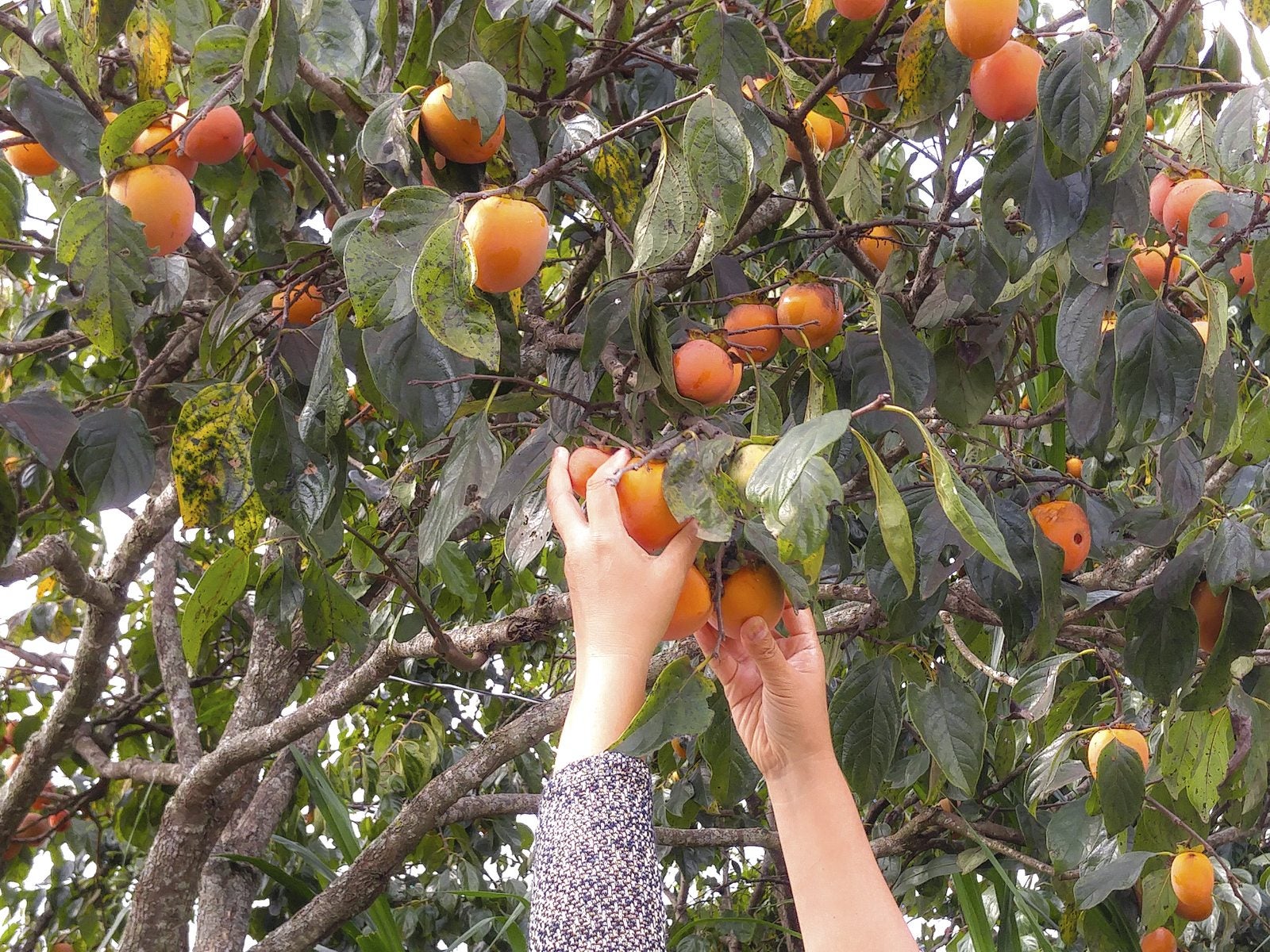 When Are Persimmons Ripe: Learn How To Harvest Persimmons
When Are Persimmons Ripe: Learn How To Harvest PersimmonsWhen they are less than perfectly ripe, they are terribly bitter, so knowing when to pick persimmons at their peak is essential. But how do you know when persimmons are ripe? Click this article to find out about harvesting persimmon fruit.
By Amy Grant
-
 Persimmon Tree Diseases: Troubleshooting Diseases In Persimmon Trees
Persimmon Tree Diseases: Troubleshooting Diseases In Persimmon TreesPersimmons have no serious insect or disease problems, so there is no need to spray regularly. That doesn't mean that your tree won't occasionally need help, however. Click here for information about diseases in persimmon trees.
By Teo Spengler
-
 American Persimmon Tree Facts – Tips On Growing American Persimmons
American Persimmon Tree Facts – Tips On Growing American PersimmonsAmerican persimmons aren't as popular as their Asian cousins, but many people think they're tastier. Click for more.
By Teo Spengler
-
 Jackalberry Persimmon Trees: How To Grow An African Persimmon Tree
Jackalberry Persimmon Trees: How To Grow An African Persimmon TreeAn integral part of the savannah ecosystem, is it possible to grow jackalberry persimmon trees here? Click on this article to find out how to grow an African persimmon and other information on jackalberry persimmon trees.
By Amy Grant